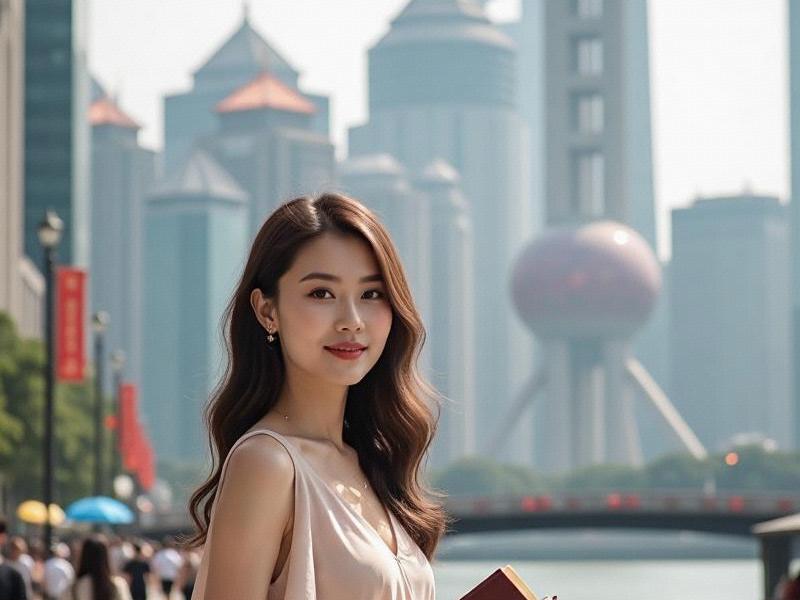
The scent of oil paint mingles with the aroma of freshly brewed Yunnan coffee in Shanghai's M50 art district, where century-old textile mills now house avant-garde galleries. This sensory juxtaposition captures Shanghai's ongoing cultural metamorphosis - a city continually rewriting its identity while honoring its complex heritage.
Historical Foundations of Modern Creativity
Shanghai's cultural DNA contains unique strands that continue influencing its creative evolution:
1. The Treaty Port Legacy (1842-1949):
- East-meets-West architectural fusion
- Birth of Chinese cinema and modern literature
- Jazz age nightlife culture
2. Socialist Industrial Period (1949-1990):
- Worker culture and propaganda art
- Heavy industry aesthetic repurposing
- Neighborhood committee creative networks
3. Reform Era Transformation (1990-present):
- Global contemporary art market entry
- Digital creative economy boom
- Heritage conservation movements
上海龙凤sh419 "The Shanghai cultural mindset has always been about adaptive reuse," explains Professor Lin Yue of Fudan University. "We don't discard history - we reprogram it for new contexts."
The Creative Economy Boom
Shanghai's cultural industries now contribute 13.2% of GDP, with notable sector developments:
- Digital Media: The "Silicon Bund" area hosts 600+ animation/gaming studios
- Fashion: Local designers like Angel Chen achieving global recognition
- Architecture: Firms like Neri&Hu blending Shanghainese elements with global minimalism
- Gastronomy: 37 Michelin-starred restaurants offering modern Shanghainese cuisine
The West Bund Cultural Corridor exemplifies this growth, housing:
- Tank Shanghai contemporary art museum
- Yuz Museum's cutting-edge installations
- DreamWorks East Asian headquarters
- AI-powered performance venues
Preservation Through Innovation
上海花千坊爱上海 Shanghai's heritage conservation approach breaks new ground:
- Shikumen Renaissance: 78% of historic lane houses now preserved as hybrid residential/creative spaces
- Industrial Repurposing: Power stations transformed into art campuses (e.g., Power Station of Art)
- Digital Archives: VR recreations of lost neighborhoods
- Living Museums: Entire blocks like Tianzifang operating as functional heritage sites
"Preservation isn't about freezing buildings in time," says conservation architect Li Wei. "It's about keeping communities alive while allowing organic evolution."
Global Cultural Influence
Shanghai now exports cultural capital through:
1. Art Market Leadership:
- Art021 and West Bund Art Fair attracting global collectors
- Sotheby's and Christie's hosting Asia-focused auctions
2. Film Industry Growth:
- Shanghai International Film Festival prominence
上海水磨外卖工作室 - Local productions like "The Wandering Earth" achieving worldwide success
3. Design Export:
- Shanghainese aesthetics influencing global fashion
- Architecture firms winning international commissions
4. Digital Content:
- Bilibili becoming global anime hub
- Shanghai-based games like "Genshin Impact" cultural phenomena
Future Horizons
Emerging cultural frontiers include:
- AI-generated art collaborations
- Metaverse cultural experiences
- Climate-change inspired installations
- Neuroscience-performance hybrids
- Space-themed creative works
As Shanghai prepares for its 2050 cultural masterplan, the city continues demonstrating how urban centers can honor history while inventing the future. Its ongoing renaissance offers a template for cities worldwide seeking to maintain authentic identity amid rapid globalization.
